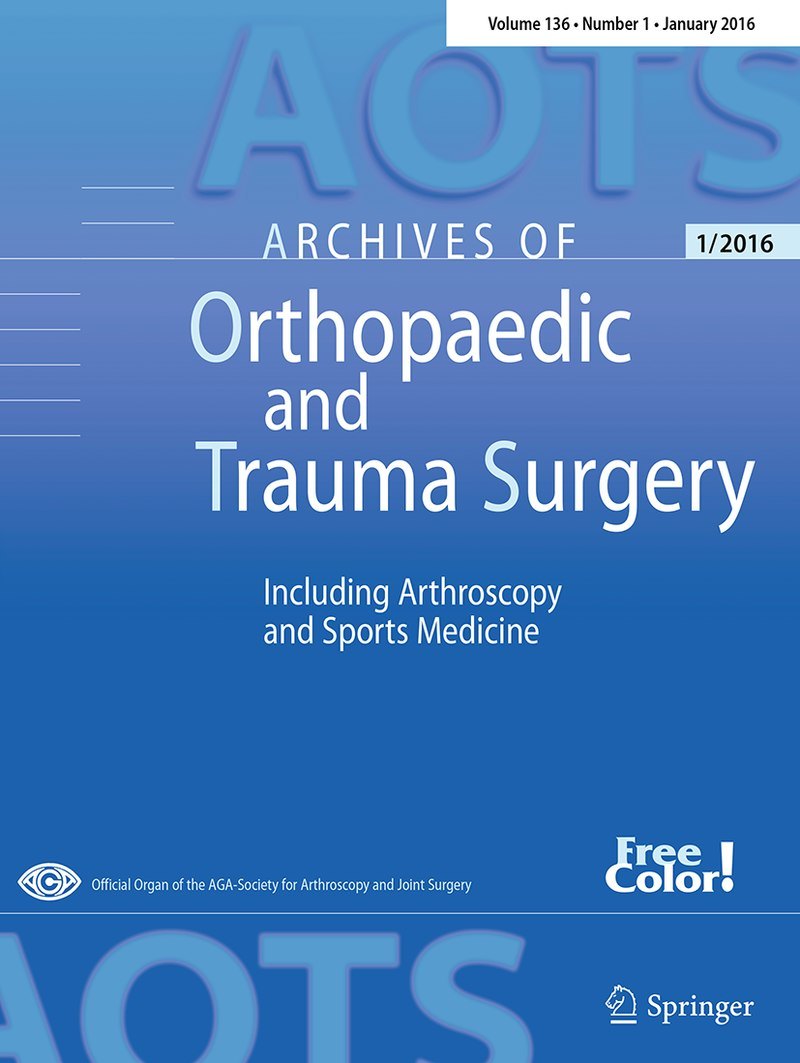
Mesenchymal stem cell vs. chondrocyte implantation for repair of chondral knee defects

Mesenchymal stem cell vs. chondrocyte implantation for repair of chondral knee defects
Matrix-induced autologous mesenchymal stem cell implantation versus matrix-induced autologous chondrocyte implantation in the treatment of chondral defects of the knee: a 2-year randomized study
Arch Orthop Trauma Surg. 2015 Feb;135(2):251-63.Did you know you're eligible to earn 0.5 CME credits for reading this report? Click Here
Synopsis
14 patients with isolated single full-thickness femoral condylar chondral defects of the knee (>2 cm-squared in area) qualifying for cartilage repair surgery were randomized to receive either matrix-induced autologous mesenchymal stem cell implantation (m-AMI), or matrix-induced autologous chondrocyte implantation (m-ACI). The purpose of this study was to evaluate and compare the objective and sub...
To view the full content, login to your account,
or start your 30-day FREE Trial today.
FREE TRIAL
LOGIN
Forgot Password?
Explore some of our unlocked ACE Reports below!

Learn about our AI Driven
High Impact Search Feature
Our AI driven High Impact metric calculates the impact an article will have by considering both the publishing journal and the content of the article itself. Built using the latest advances in natural language processing, OE High Impact predicts an article’s future number of citations better than impact factor alone.
Continue



 LOGIN
LOGIN

Join the Conversation
Please Login or Join to leave comments.